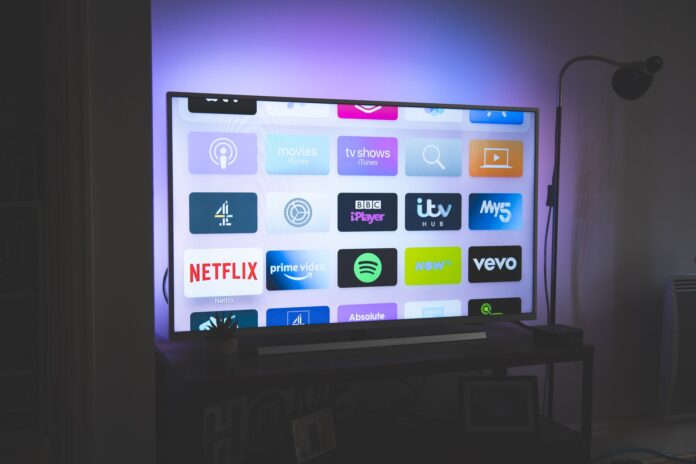TV targeting is an innovative solution that falls under the advanced TV umbrella. It is an amazing method for advertisers to target and reach their target audiences through the immense power of television – there is so much potential that marketers can achieve. With that being said, here’s our no-nonsense guide on what advertisers must know about advanced TV targeting.
What is advanced TV targeting?
Advanced TV is the umbrella category that covers all TV and video material that goes beyond conventional linear television distribution models. While traditional TV uses cable broadcasts to air programming at specific times, advanced TV covers all distribution models that bypass cables and use the internet to stream content at any time.
Advanced TV targeting is a TV delivery model that allows advertisers to deliver an ad to one specific household, rather than delivering the same ad to all households. This means advertisers can target their audience by delivering specific ads to specific consumers, and have different ads go out to different households, while they are watching the same content.
It’s possible for you to only target the demographic or audience that you want to reach out to through VOD and OTT, making it more cost-efficient when targeting smaller or especially segmented groups.
Targeted ads on connected TV and OTT
Connected TV enables video material to be delivered via the internet from a video source to a connected device, bypassing the closed networks of telecom and cable companies. It combines the power of digital advertising with a large-screen, captivating user experience.
Dynamic Ad Insertion, which is provided instream through VAST ad tag delivery in a full-screen experience, is available on OTT services. This allows advertisers to conduct advanced TV targeting, as it allows them to target and display adverts to individual viewers because OTT content is supplied over the internet to connected TVs with permanent IP addresses.
Addressable TV
Dynamic ad delivery is not generally supported by addressable linear TV, yet individual ads can be transmitted to specific households for audience targeting. Addressable TV makes use of subscriber registration data and set-top box technology to target specific audiences and create targeted segments. Addressable TV targeting provides for more precise audience segmentation and targeting, resulting in more effective advertising and less wastage.
The shift from linear to advanced targeted TV
Both viewership and advertising/revenue models have shifted from traditional to advanced TV in recent years. Using a number of OTT services, consumers can now view their favourite TV series, movies and content outside of the limitations of traditional TV providers. As a result, marketers are turning to linked TV advertising to better target their adverts.
For traditional TV advertising, advertisers buy advertising spaces on specific channels during specific programmes during conventional television programming times. You make ad purchases depending on the size and demographics of the viewership for each program. Advanced TV targeting has overruled this form of TV ad distribution due to its ability to deliver a range of different targeted ads to specific consumers and households.
So, there you have it – all the basics covering what advertisers need to know about advanced TV targeting.







